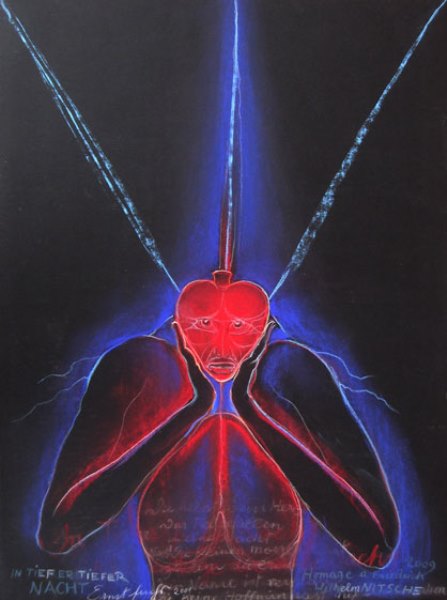1948
Fantastic Realism

description
Fantastic Realism
The art movement emerged in 1948. Later, Fantastic Realism was transformed into Visionary art. Artists work in this style to this day.
In the late 1950s, critic Johann Mushik first used the term “Phantastischer realismus” to describe a group of artists working in Vienna. Artists belonged to the Vienna School of Fantastic Realism, which has existed since 1948. Its main representatives were Ernst Fuchs, Arik Brauer and Rudolf Hausner.
Fantastic Realism is similar to Realism, Surrealism, Magical Realism and Analytical art. Unlike Surrealism, Fantastic Realism more strictly adheres to the principles of the traditional easel image “in the spirit of the old masters”. It differs from Realism in depicting situations that can be explained logically.
Masters used cotton and linen canvases, oil, ink, paper, pencils, tempera, etc.
Genres: symbolic, religious, portrait, still life, subject-themed, figurative, landscape, city landscape. Some works are design, illustrations and sculptures.
Key ideas:
– Fantastic – an equal and regular category of aesthetics.
– Religious and mystical character – based on strange situations, dreams and nightmares.
– Symbolism and allegory are integral parts of the subtext. Some works “scream” about social and political issues.
– The study of the hidden corners of the human soul, the creation of surreal and supernatural motives based on the traumatic events of war, fatigue and pain. Therefore, the characters of the paintings are not much like real people.
description
An Austrian artist and draughtsman of Jewish descent, engraver and sculptor, architect and stage designer, master of monumental painting and book illustration, as well as a composer and poet. Ernst Fuchs was one of the founders of the famous Vienna School of Fantastic Realism, the creator and active implementer of the Vienna Art Club and the organization “Hundsgruppe”.The artist became world famous working in France, Germany, the USA, Israel and Spain. In 1993, Ernst Fuchs was one of the first Western artists to be honored to hold a large retrospective exhibition at The State Russian Museum in St. Petersburg; later his exhibition was held at The State Tretyakov Gallery in Moscow. The master who opened his exhibitions noticed, “One of the highest manifestations of art is Old Russian painting.”The artist, whose paintings impressed his friend Salvador Dali, purchased and restored the Villa of Otto Wagner in Hutteldorf, where he organized The Museum of Ernst Fuchs in 1988. It is currently one of the largest cultural centers of Austria and represents the largest collection of the paintings of the master whose nickname was Fire-Fox.The painting of Ernst Fuchs is hoax and dissonance, challenge to society (especially in the nude genre), but at the same time a continuous and creative dialogue with old masters. Incredibly famous and productive Austrian master created works in absolutely different art genres – from incredibly skillful paintings and architecture to literature and music.
1930 - 2015
